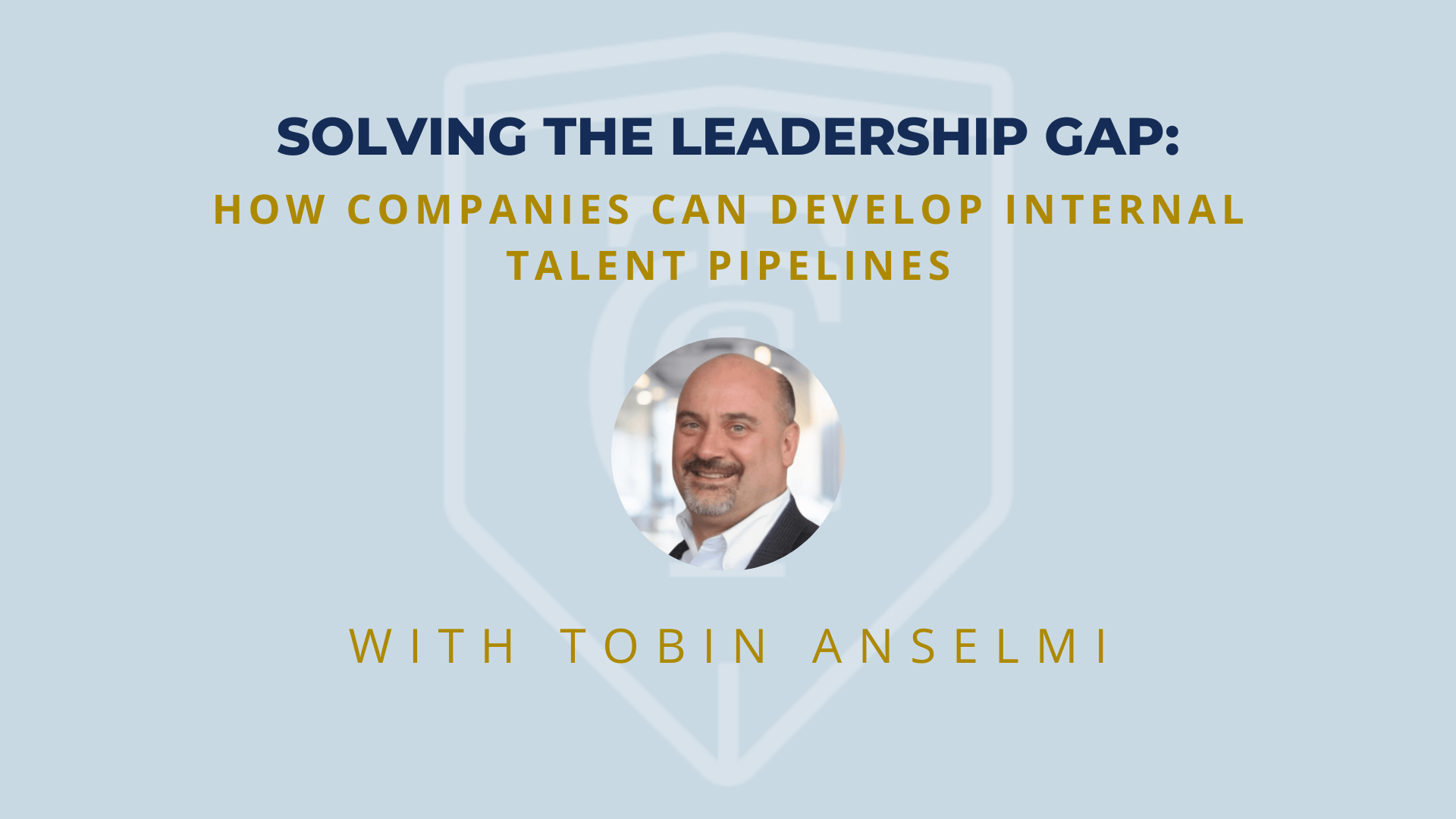
In today’s dynamic and fast-paced business environment, organizations are confronting a growing challenge: the leadership gap. As experienced executives retire and companies continue to scale, the demand for capable, culturally aligned leaders increasingly outpaces supply. While external hires may offer a short-term solution, they often come at a high cost—and with no guarantee of a cultural fit.
A more strategic and sustainable approach is to cultivate internal talent pipelines. By developing leadership from within, organizations position themselves to meet evolving demands with consistency, agility, and trust.
Understanding the Leadership Gap
Several factors contribute to the widening leadership gap:
- Retirement and Turnover: A significant portion of the experienced, leadership level workforce is nearing retirement, often without prepared successors in place.
- Skills Gap: High potential employees may lack the necessary development to transition into leadership roles effectively.
- Reactive Hiring Practices: Waiting until a position is vacant before identifying potential candidates, internal or externally, can lead to rushed decisions and suboptimal hires.
- Limited Career Mobility: Without clear development / advancement opportunities, talented individuals are more likely to seek growth elsewhere, leading to continued retention challenges.
Why an Internal Pipelines Matters
Developing leaders from within offers numerous advantages:
- Cost Efficiency: Internal promotions reduces expenses and onboarding time associated with external hiring.
- Higher Retention and Engagement: Employees are more likely to remain loyal when they see clear pathways for career development / advancement.
- Cultural Continuity: Internal leaders are already immersed in the company’s values, operating styles, informal networks, enabling them to lead and ensuring consistency.
- Accelerated Transitions: Institutional knowledge enables internally promoted leaders to adapt more quickly and drive impact sooner, and to adapt more swiftly to new roles.
Strategies for Building Internal Talent Pipelines or Building a Strong Talent Pipeline
To effectively cultivate internal leadership, consider the following steps:
- Identify High-Potential Talent: Utilize data-driven performance assessments and talent reviews to recognize employees with leadership potential early in their careers.
- Invest and Implement Leadership Development Programs: Create structured developmental programs that include mentorship, coaching, and cross-functional training to prepare employees for advancement to roles of greater scope and responsibilities.
- Make Succession Planning Priority: Establish clear pathways for leadership progression and develop backup candidates for critical roles.
- Create and Foster a Culture of Continuous Learning: Invest in upskilling initiatives and encourage employees to pursue professional growth, reinforcing the organization’s commitment to development.
Navigating Common Challenges
Building internal talent pipelines is not without obstacles:
- Securing Executive Buy-In: Identify, demonstrate, and communicate the long-term value and ROI of internal development programs to gain executive support.
- Mitigating Bias: Train managers to fairly evaluate and deliver performance / developmental feedback and implement a regular talent review process leveraging objective criteria and diverse panels to ensure fair identification, development and advancement of high-potential employees.
- Balancing Internal Growth with External Hiring: While internal development is crucial, recognize when external expertise is necessary to infuse new perspectives.
Addressing the leadership gap is not a one-time initiative, it’s an ongoing investment in the future of your organization. Investing in internal talent pipelines, companies won’t just fill roles, they’ll build a leadership and organizational culture that drives sustainable performance and long-term success.
At The Christopher Group, we partner with organizations to bridge leadership gaps through executive search and customized leadership solutions. Whether you’re starting to build your pipeline or refining it, we’re here to help you align your talent strategy with your business goals.
About Tobin Anselmi
 Tobin Anselmi joined The Christopher Group Consulting Services Division in 2020 as a Managing Partner & Talent Management Practice Leader. Tobin holds a Ph.D. in I/O Psychology. Over the last 30+ years, Tobin has served as a consultant to organizational leadership on human capital management issues such as talent management (selection, performance management, development, and movement), organizational effectiveness, change management, and leadership development. He is direct, engaging, and result-oriented. His practical recommendations to organizational issues are grounded in years of experience developing and implementing solutions around the globe. To learn more about Tobin visit his bio page.
Tobin Anselmi joined The Christopher Group Consulting Services Division in 2020 as a Managing Partner & Talent Management Practice Leader. Tobin holds a Ph.D. in I/O Psychology. Over the last 30+ years, Tobin has served as a consultant to organizational leadership on human capital management issues such as talent management (selection, performance management, development, and movement), organizational effectiveness, change management, and leadership development. He is direct, engaging, and result-oriented. His practical recommendations to organizational issues are grounded in years of experience developing and implementing solutions around the globe. To learn more about Tobin visit his bio page.

